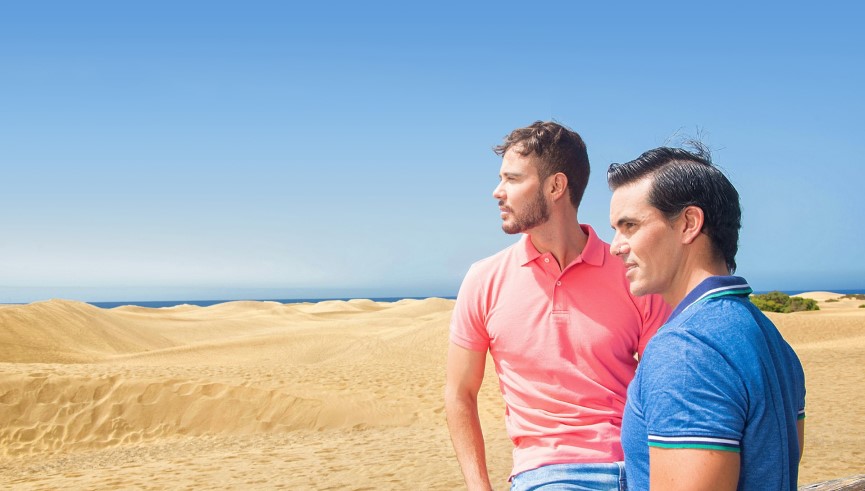
#Proudly Gran Canaria, 60 years of LGTBI history
Gran Canaria has become the international icon of LGTBI tourism over the last few decades, the perfect place if you’re looking for ‘pride’ and sun.
How did Gran Canaria manage to become one of the most important LGTBI destinations in Europe? Why is this Spanish island in the Atlantic Ocean currently an international benchmark for LGTBI tourism?
A climate that spreads happiness
Without having to look very far, you can be sure that our magnificent weather is one of the reasons why Gran Canaria has become an international benchmark in LGTBI tourism. The island enjoys great weather practically all year round, thanks to pleasant sunshine that gives us an average temperature between 18 and 25 degrees. This climate encourages you to enjoy the good life and cheers up even the saddest faces.
As continental Europe shivers through the winter months, the weather in Gran Canaria remains pleasant. It’s not unusual to see blue skies and sunshine at any time of year. You can swim in the sea or go out in a t-shirt and this endless summer is irresistibly tempting if you have a holiday planned in the winter.
Sun-seeking beach holidays provided the initial attractions, but the island had so much more to offer...
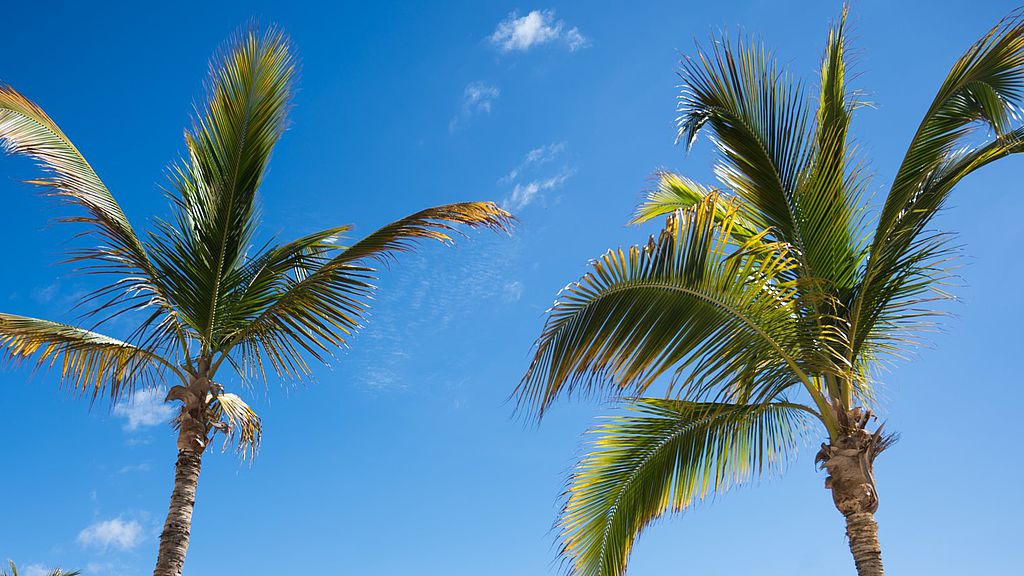
An island where you can just be yourself
This libertarian spirit originated way back in the 1960s. At that time, Gran Canaria emerged as one of those spots in Europe with the greatest respect for diversity, where it was easy to live your life and be yourself free from prejudice. The peaceful, hospitable character of the local people and the boom in the tourist industry progressively turned the island into a top LGBTI community destination.
In just a few years, the area around Maspalomas became popular as a place of freedom. The beauty of the dunes, the long days on Maspalomas beach and the lively night-life attracted more and more LGTBI people from all over Europe. That’s all that happened, the island became popular as a place with nice weather. A place that was not too far away where everyone could feel free.

The pioneers, the first ambassadors for the island
Gran Canaria’s secret was out. These early visitors became our best ambassadors. They spread the word that a Spanish island in the Atlantic Ocean was fast becoming a great destination; everyone who spent their holidays there said the same. Although the Internet was yet to be invented, the news spread like wildfire across Europe.
Maybe our old social networks weren’t digital, but they were effective. All it took was a friend to come back from their holiday with a roll of photos and talk about long days on the beach and fun nights that never seemed to end.
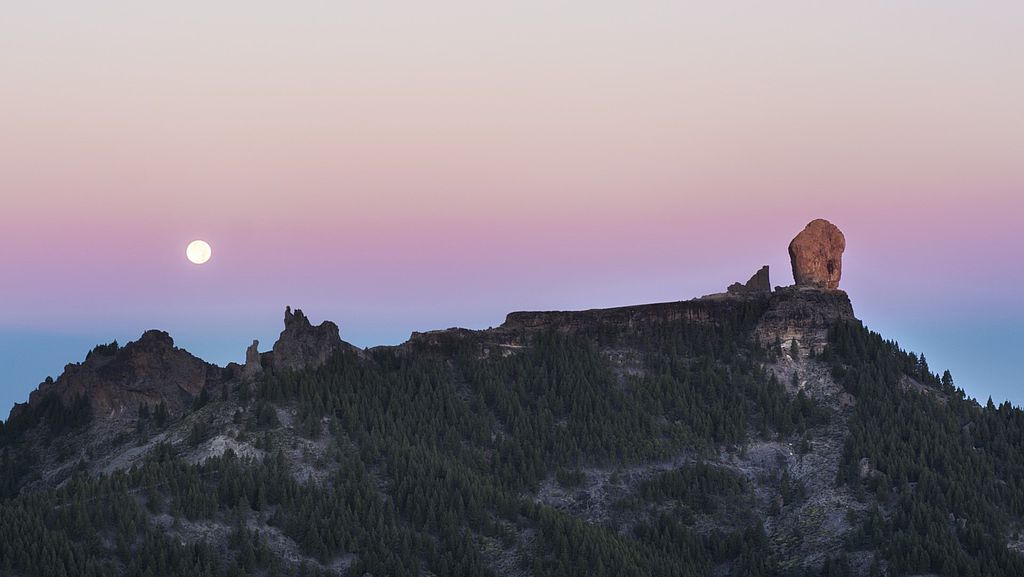
The night-life was the cherry on top
Being able to combine sunny days on the beach with a lively night-life was the incentive that ended up making Gran Canaria one of the most popular destinations among travellers in the LGBTI collective.
As tourism grew, the community of Europeans setting up home on the island also expanded and, with them, businesses focussing on tourism. Well-developed, varied LGTBI tourism began to take shape; the first bars appeared, followed by hotel complexes, festivals and activities specifically focussed on the collective.
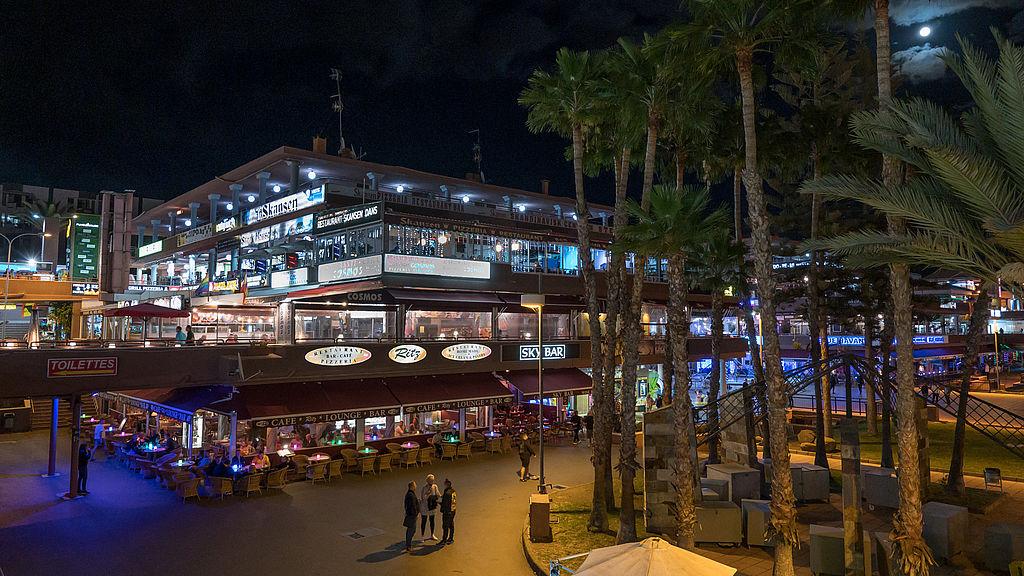
The Yumbo Centrum shopping centre opened in the 1980s and, over the years, it has become the epicentre of LGTBI night-life in Gran Canaria.
It currently boasts a wide range of open-air terraces, live shows with drag queens, bars and discos. It is also the main stage for the famous Maspalomas Pride, doubtlessly another reason why Gran Canaria has become a solid LGTBI benchmark.
Maspalomas Pride and the Maspalomas International Carnival
Maspalomas Gay Pride was set up in 2001 and it is one of the most important events for the European LGTBI collective. It comprises ten days of shows, parties, concerts and cultural activities, ten days showcasing ‘pride’ and the joy of being alive. Year after year, it receives approximately 200,000 visitors, with people travelling from all around the world.
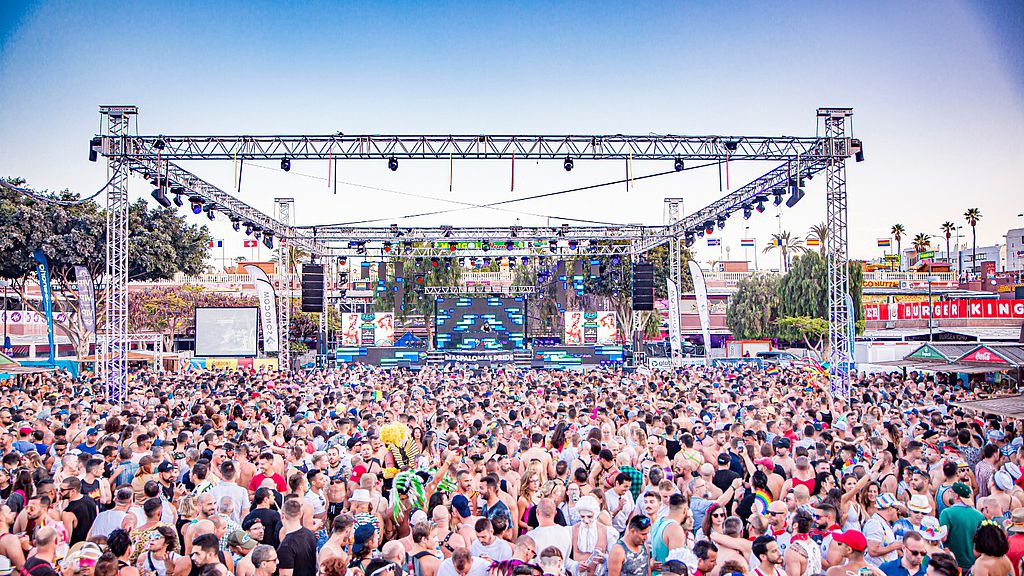
The Maspalomas Carnival, like any carnival festival, is a celebration of the joy of being alive for the people of Gran Canaria. It has also played an important role in promoting the island as an LGTBI destination.
In 1986, the innovative Miss Traveskarnatival Gala was included in the Carnival programme, featuring transsexuals and transvestites. European media were quick report on this new gala, praising it for its cheerful counter-culture and activism. This put the Maspalomas Carnival on the European map, also reflecting the atmosphere of respect and diversity that Gran Canaria boasts all year round.
Over the years, the Traveskarnatival has been transformed and renamed as the now-famous Drag Queen Gala, one of the most successful events in the Gran Canaria Carnival.
From a tourist to a local: I’m staying in Gran Canaria!
Many of the tourists of yesteryear end up making Gran Canaria their home. Most of these new residents chose the south of the island to start their new lives: in Maspalomas, Mogán, Puerto Rico or Arguineguín. These points dotted along the touristy southern coastline have become home to a solid LGTBI community, made up of both foreigners and locals, in a place where nobody cares where you came from but rather how you choose to live.
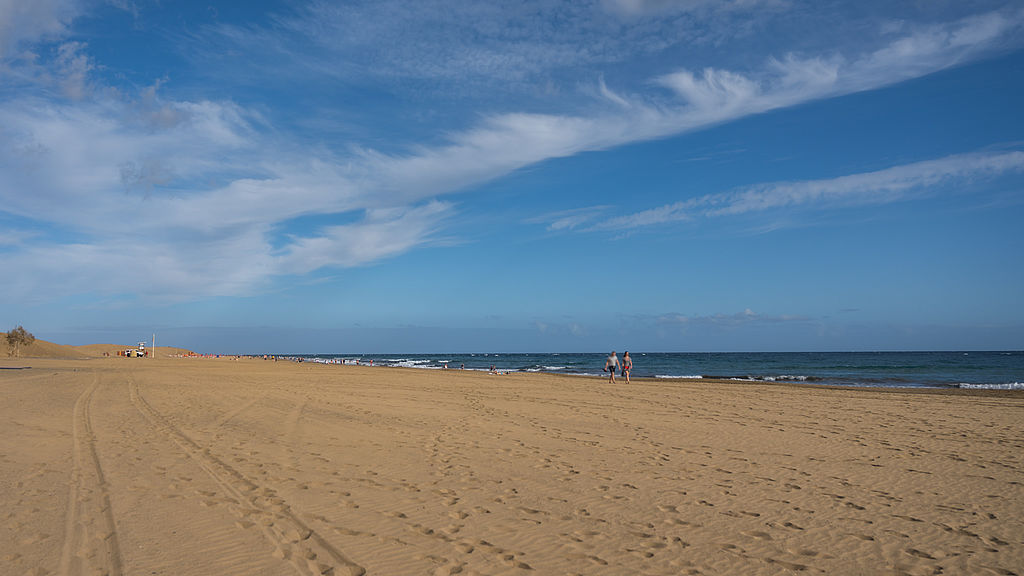
The world has changed, life has changed, and the collective’s visibility has changed with it. So much has been achieved although many challenges remain.
However, after 60 years, Gran Canaria remains an international benchmark in LGTBI tourism. After 60 years of work to make the island a top tourist destination, one of the main reasons behind our pride is that we are still the choice for freedom for travellers from all over Europe.
And so we come to the end. Today, the beaches will fill up again with great weather, laughter, people who are choosing to be happy. And today, once again, and hopefully for thousands more years, our little island in the Atlantic Ocean will continue to fly its Proudly Gran Canaria flag.

